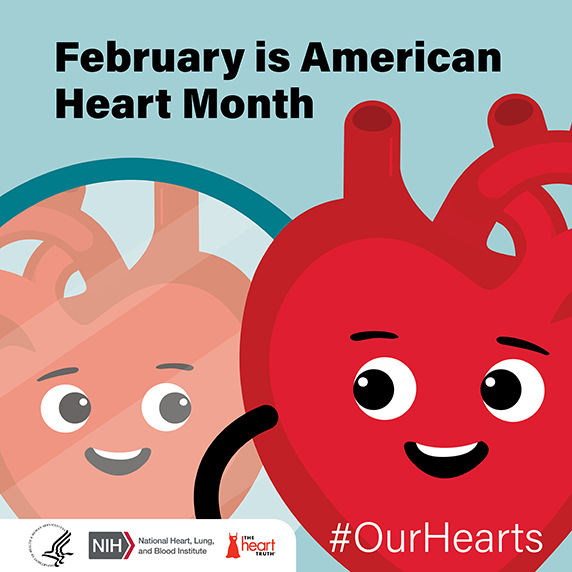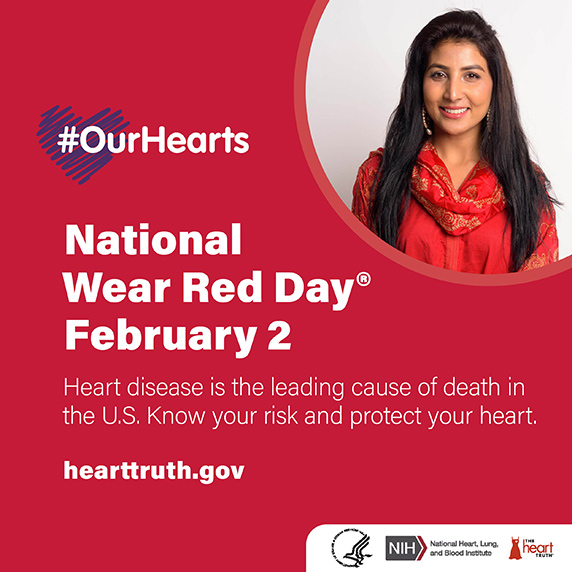NIEHS joined with the National Heart, Lung, and Blood Institute (NHLBI) to support research that showed reducing exposure to lead in American Indian populations can improve heart health. The paper was published Jan. 11 in the Journal of the American Heart Association.

The NIH-supported research team linked a decade-long decline in the blood lead levels of American Indian adults to long-term cardiovascular health benefits, including reduced blood pressure levels and a reduction in a marker associated with hypertrophic cardiomyopathy and heart failure. They found that adults who had the greatest reductions in blood lead levels saw their systolic blood pressure fall by about 7 mm Hg, an amount comparable to the effects of blood pressure-lowering medication.

NIEHS was pleased to support grantees Ana Navas-Acien, M.D., Ph.D., and Wil Lieberman-Cribbin at the Columbia University Mailman School of Public Health, New York City, who became part of the multidisciplinary team of researchers working on this important project. Among their many responsibilities, including authoring the paper, the NIEHS grantees helped ensure there was an equal number of male and female participants in the study sample.
“We were thrilled to be part of this research,” said Lindsey Martin, Ph.D., a health scientist administrator in the NIEHS Population Health Branch. “Having our environmental health grantees work side by side with the long-standing Strong Heart Study researchers helps bring to light the important role that environmental factors play in health.”
Public health efforts to reduce lead exposure are working
“This is a huge win for public health, especially since many American Indians can face higher risks for elevated lead levels,” said Anne Nigra, Ph.D., the senior study author and an assistant professor of environmental health sciences at the Columbia University Mailman School of Public Health.
Nigra and the study authors credit these improvements in large part to public health policies and efforts implemented in recent decades to reduce lead exposure through paint, gasoline, water, plumbing, and canned items.
“Compared to the general U.S. population, American Indian communities experience both a higher burden of cardiovascular disease and elevated metal exposure,” she noted. “We saw that even small decreases in a person’s blood lead levels can have meaningful health outcomes.”
How the NHLBI/NIEHS research was conducted

The researchers partnered with 285 American Indian adults in the Strong Heart Family Study, an extension of the Strong Heart Study, the largest and longest study of cardiovascular health outcomes and risk factors among American Indian adults. Participants lived in one of four tribal communities in Arizona, Oklahoma, North Dakota, or South Dakota. The authors explained that features of the built environment can lead to elevated lead exposure in tribal communities. This includes being exposed to lead through well water, local waterways, foods (including canned goods, herbs, and spices), as well as paint and dust.
For this retrospective review, the researchers looked at blood lead levels and blood pressure readings over time. Lead was first measured in blood collected during a 1997-1999 study visit, and again in blood collected during a follow-up visit between 2006-2009. During these visits, participants had their blood pressure taken and participated in medical exams that included echocardiographs, a test to assess the heart’s structure and function. To support equal comparisons among participants, researchers controlled for multiple factors, including social variables, like education and income, cardiovascular disease risks, and medical history.
At the start of the study, the average blood lead level was 2.04 µg/dL. Throughout the study, the average blood lead level fell by 0.67 µg/dL, or 33%. The most significant changes occurred in participants with average starting blood lead levels of 3.21 µg/dL and who experienced reductions of about 1.78 µg/dL, or 55%. This drop was linked to a 7 mm Hg reduction in systolic blood pressure.
More needs to be done

The researchers noted the importance of also conducting this research in other communities, especially for populations with elevated risks for lead exposure and cardiovascular disease.
“These findings clearly show the importance of lead exposure prevention, but more research needs to be done to determine how environmental agents exacerbate cardiovascular and other diseases, and more needs to be done to improve the environmental health of American Indians,” said Martin.
(Robin Mackar is a writer and media relations coordinator in the NIEHS Office of Communications and Public Liaison.)









